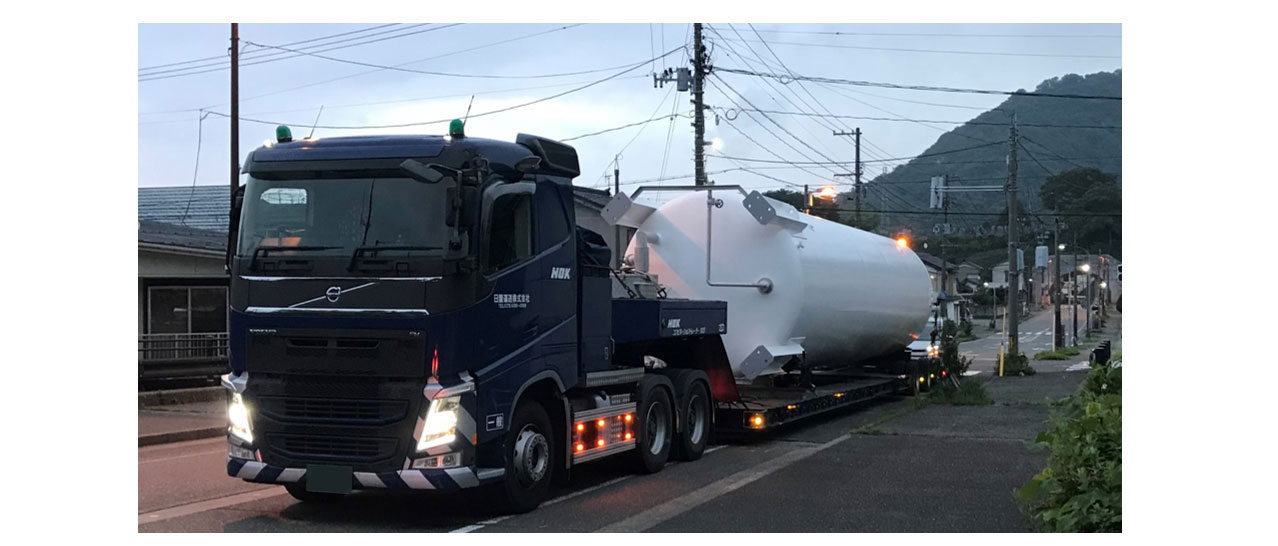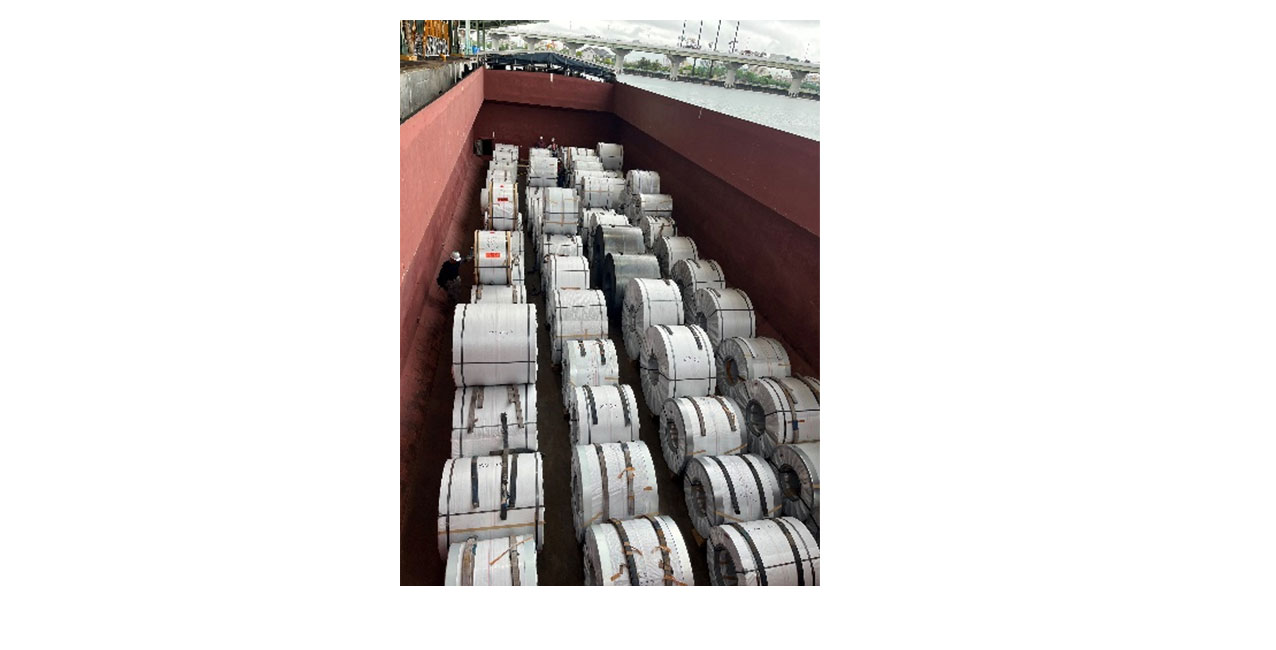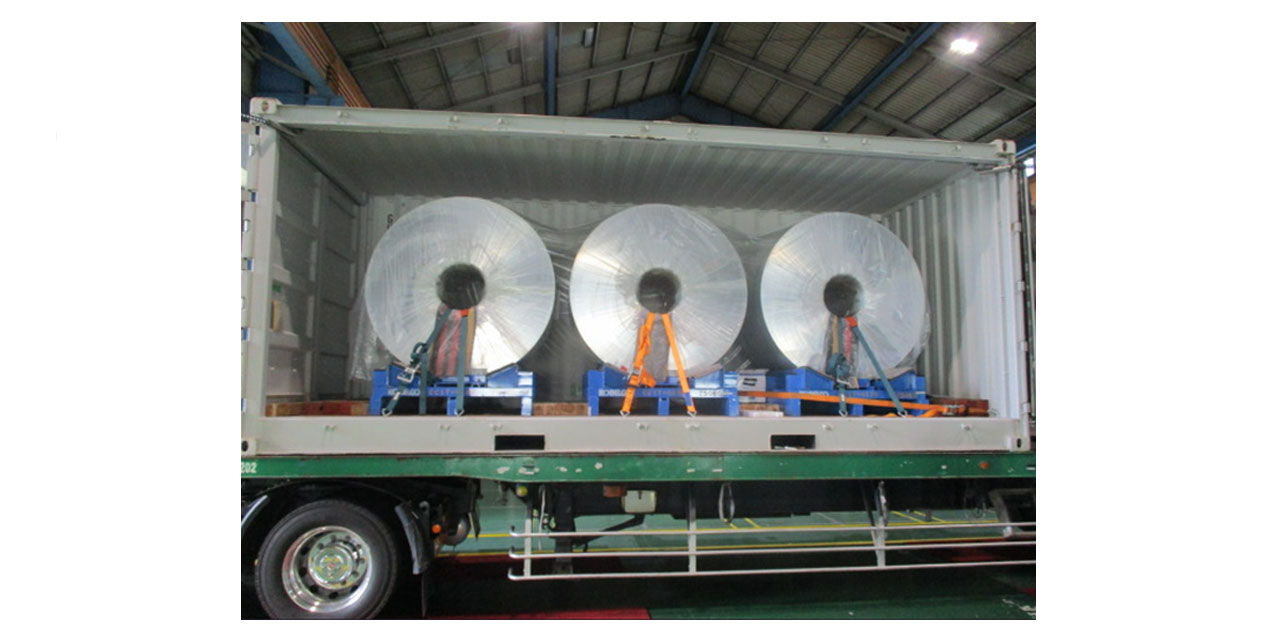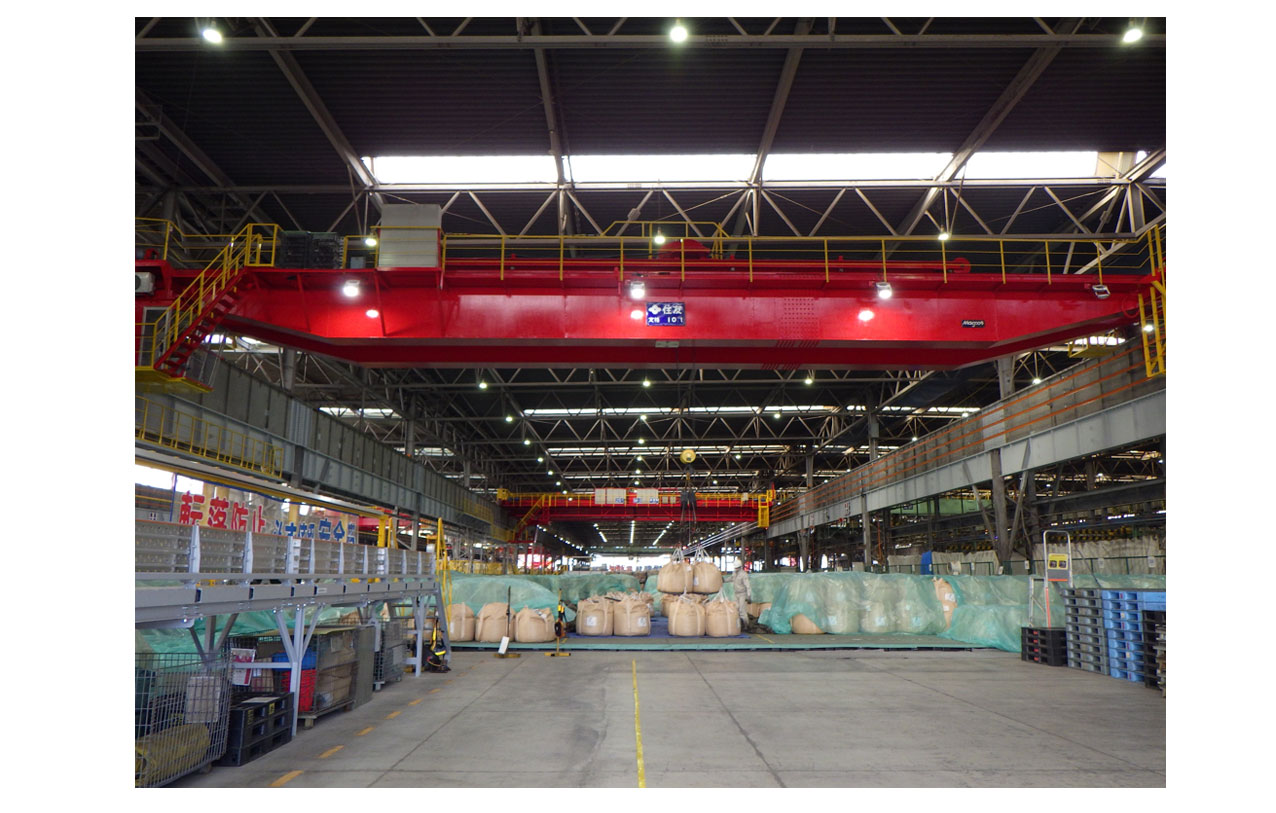

As logistics professionals, we strive to live up to expectations by gathering information over a wide range of topics in order to improve the quality of our logistics services, particularly with regard to safety, product quality, and environmental conservation, while enhancing transport efficiency.
In line with the Engineering Department catchphrase, Treating Logistics as a Science, we established the Engineering Section in 2011 to secure quantifiable targets for logistics problem-solving abilities rather than relying solely on experience and knowhow. This led us to install a range of sensors at every level of operations and to conduct experiments based on analyses of data gathered. Accordingly, the Equipment Section was established in 2016 to handle the centralized management of equipment updates and maintenance, thus ensuring a stable base for equipment operations across our logistics facilities.
Currently, the Engineering Department, under which both offices operate, is conducting logistics safety research related to loading and unloading operations. This section also conducts evaluations and research into mechanization and manpower reduction with an eye to assuring the efficient and proper handling of cargo.
We are preparing for further digital transformation in logistics, to this end evaluating existing models for introducing automation and, where possible, installing equipment capable of automated operation in the course of routine equipment renovation.
Section
1
Initiatives to ensure safety and product quality
Section
2
Initiatives for carbon neutrality
Section
3
Implementing new technologies
Section
4
Initiatives to digitize logistics

In addition to steel products, we have a great track record transporting large and heavy cargo, such as railway cars and larger manufactured goods. When transporting large cargo by road, it is necessary to obtain permission from national or prefectural authorities. This requires specifying the mass carried by each wheel so that the impact of transportation on such structures as roads and bridges is minimized and passage is safe. To make this process faster and easier, we are developing calculation software that can allow the verification and approval of cargo prior to shipping. This will facilitate the submission of permission requests to authorities.

A barge is a vessel that does not have the power to move on its own, but is instead moved by ships that pull or push it. Such vessels have the advantage of being able to transport a large volume of cargo at once.
We utilize barges to transport steel coils. However, barges are inherently prone to swaying, which occasionally led to cargoes tipping over or sliding. To prevent such issues, we measured the swaying patterns of barges over extended periods and calculated the risk of the coils tipping over or sliding based on their physical configurations and coefficients of friction. Thanks to this research, we are able to safely transport cargo.

Within a wider modal shift aimed at contributing to carbon neutrality, we evaluated the impacts on product quality of shifting where possible from truck trailer road transport, which we have been using for many years, to container freight car rail transport. After measuring and comparing the level of vibration generated under each mode, we were able to verify that container transport poses a lower risks of cargo loss or damage, prompting us to make this modal shift. We have also evaluated various anti-rust measures and offer various service proposals to ensure peace of mind, such as condensation regulation through the control of temperature and humidity levels within containers.
With safety as our highest priority, we are also taking measures from a technology standpoint to reduce the amount of dangerous operations. To ensure the quality of our transport and on-site services, we are automating conventional operations and striving toward improvement from the unique perspectives in the Engineering Department’s specialized offices.

Many of the overhead traveling cranes that we operate at our logistics bases were installed over 50 years ago, and we are updating this equipment in line with our plans.
On an ongoing basis, we quantitatively evaluate each crane’s condition in order to determine whether full or partial updates are needed based on strict standards. For full updates, we install new inverter controls and consider future automation to enable efficient and safe operations.